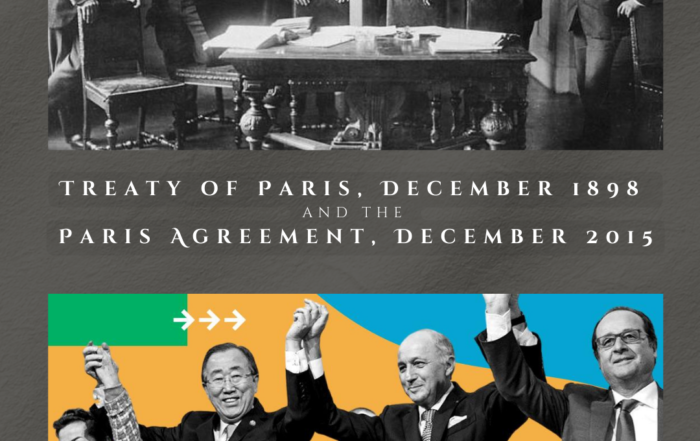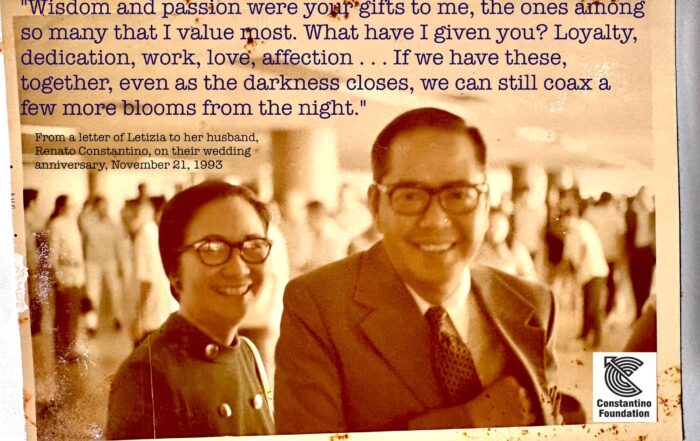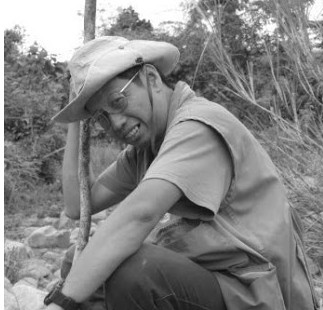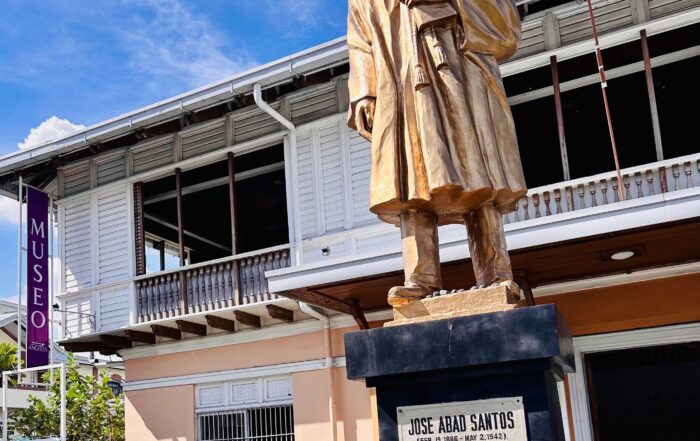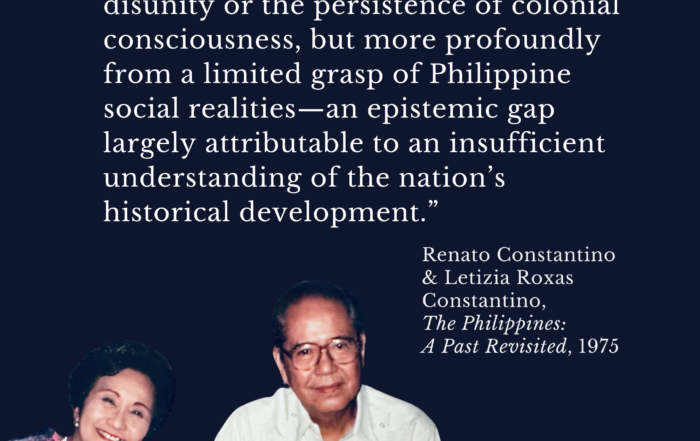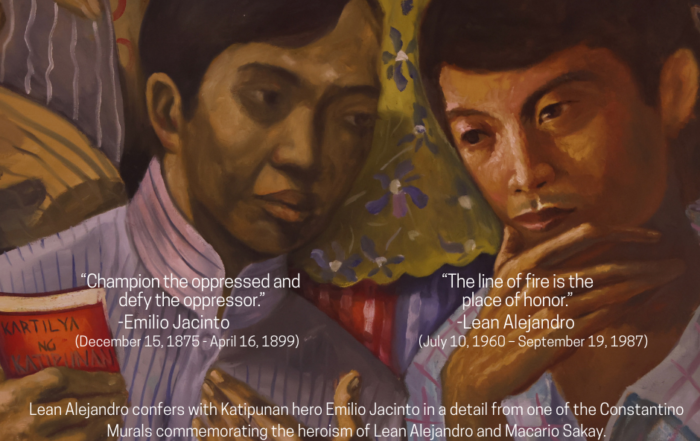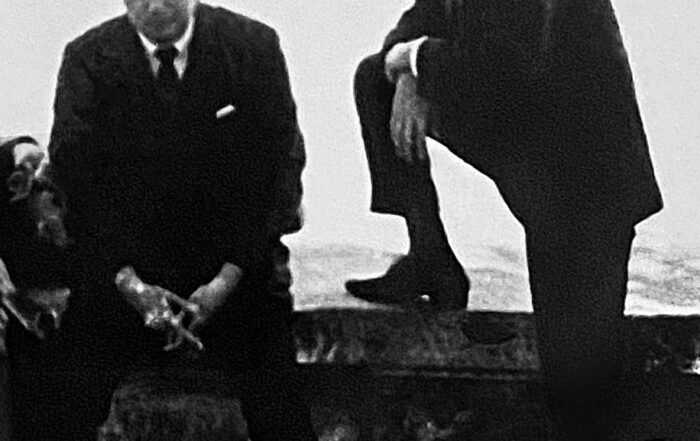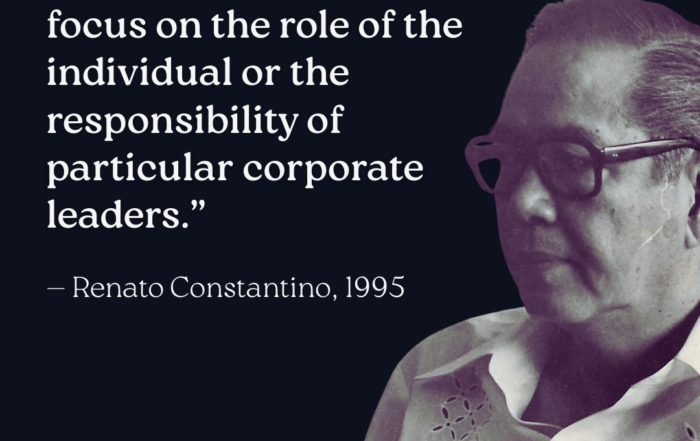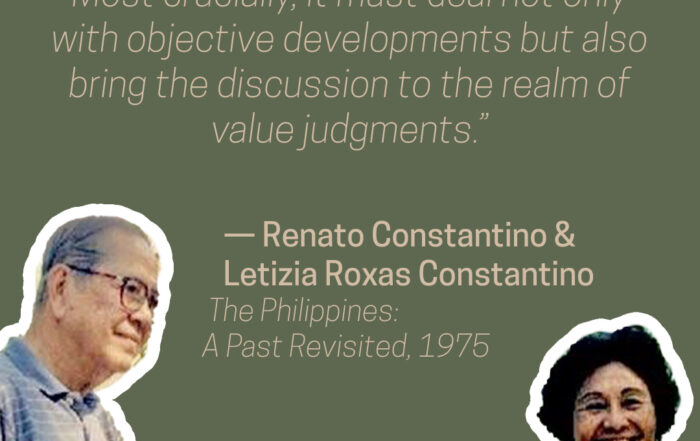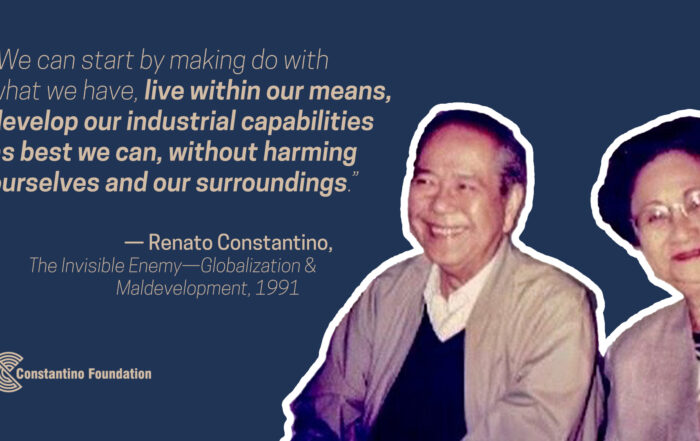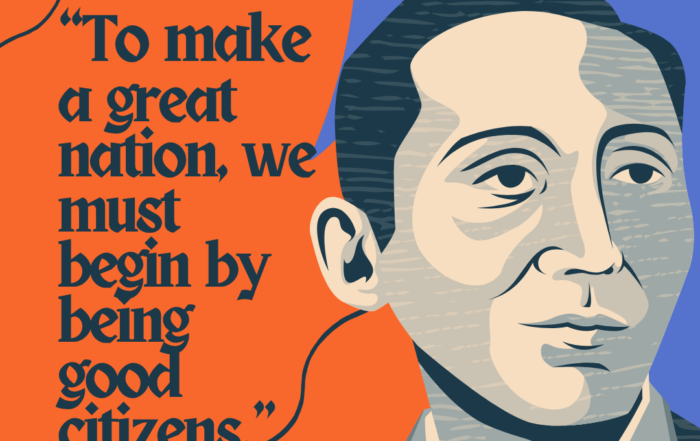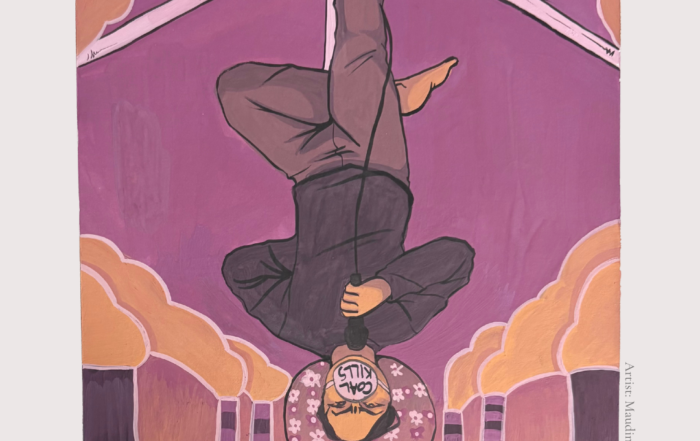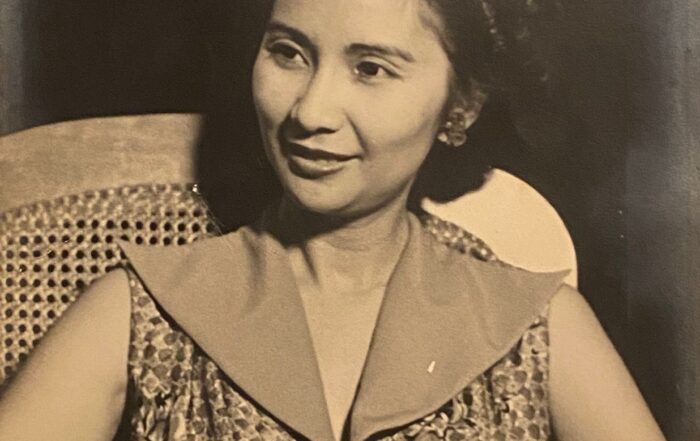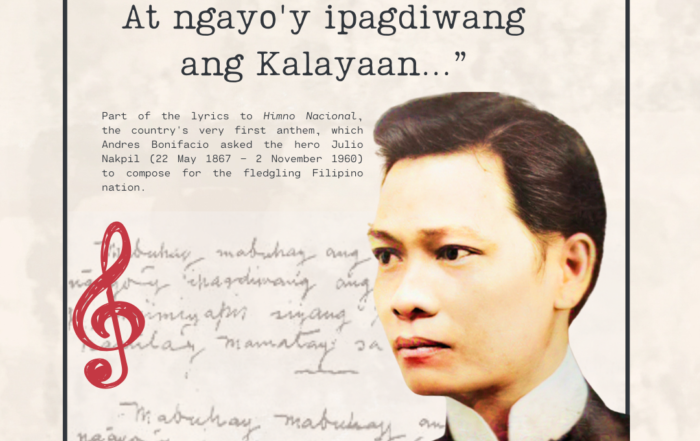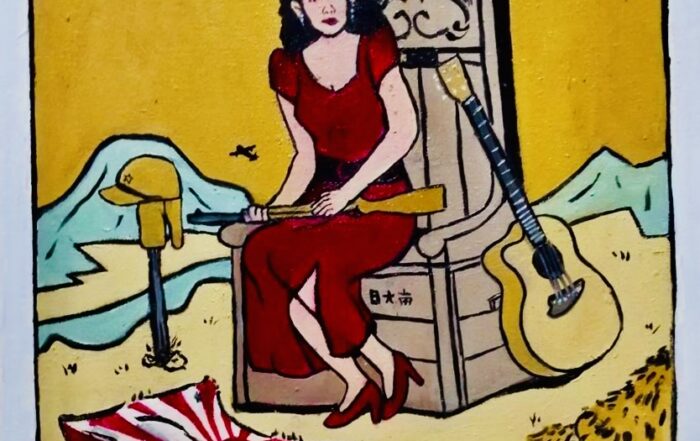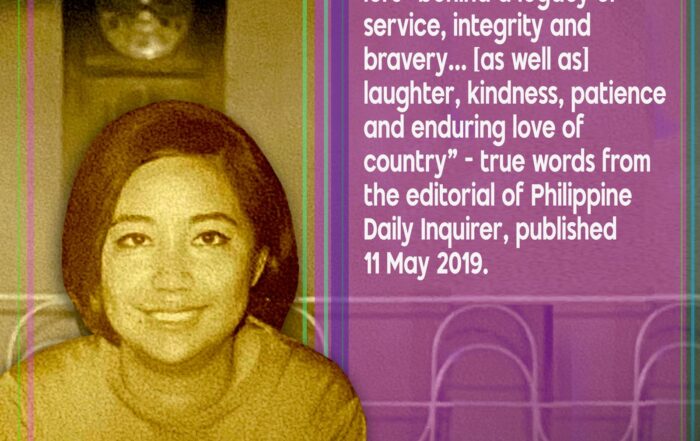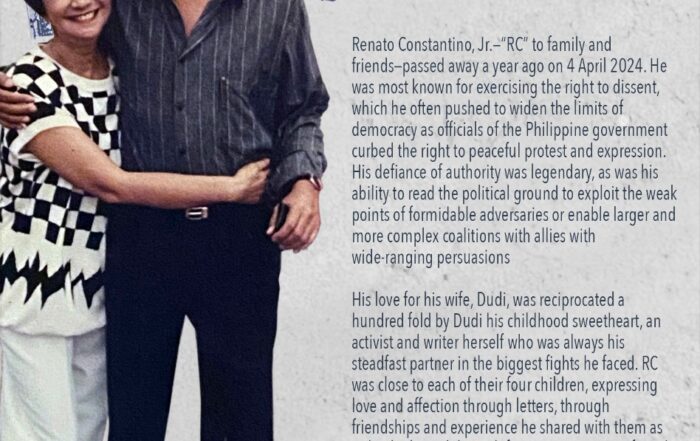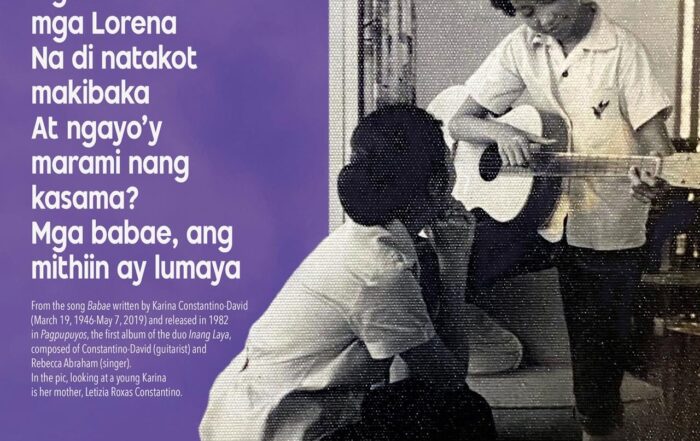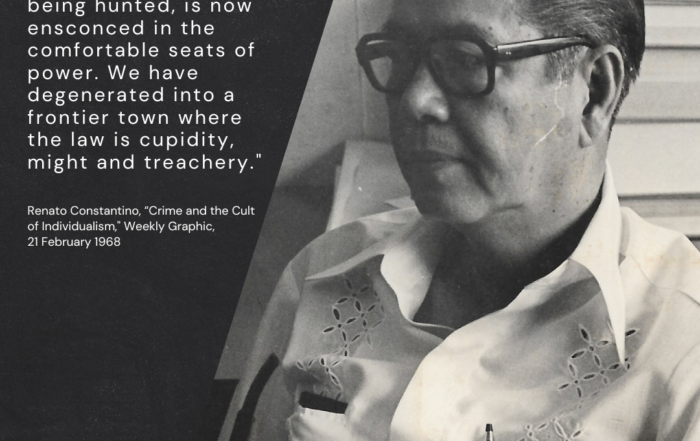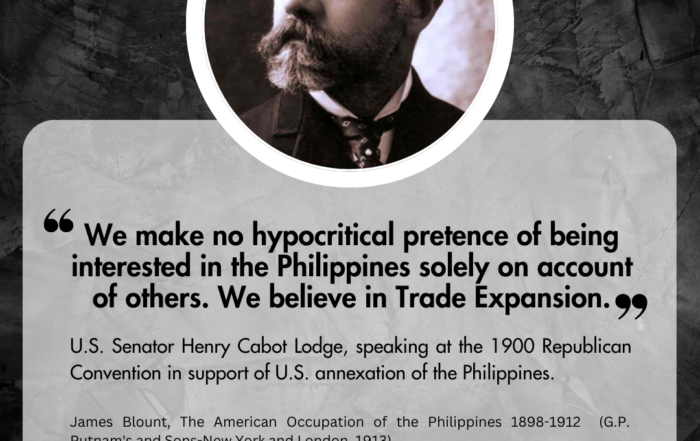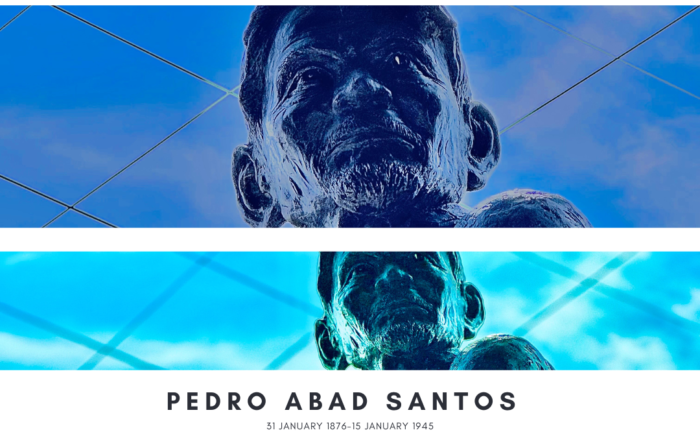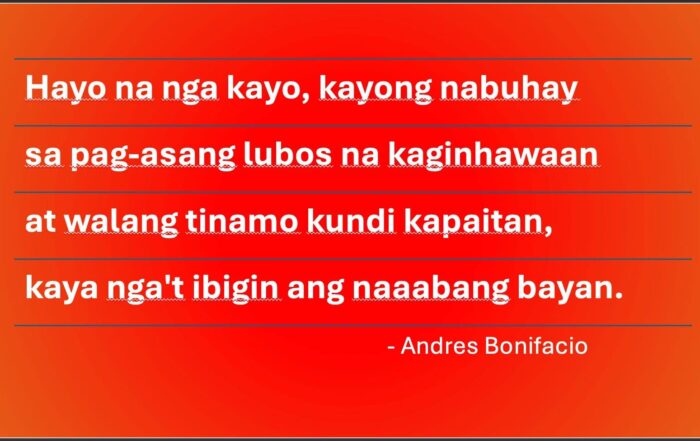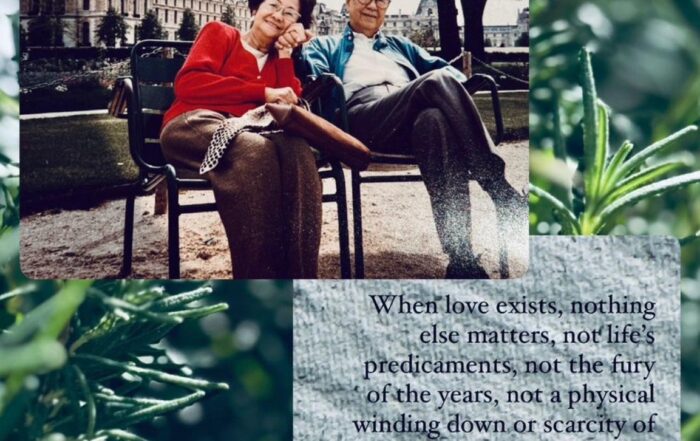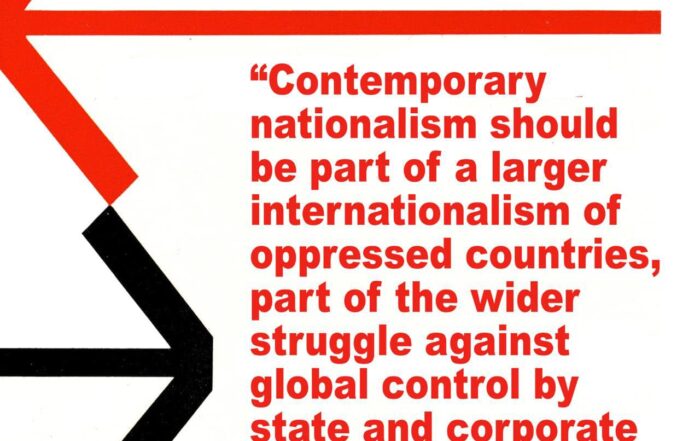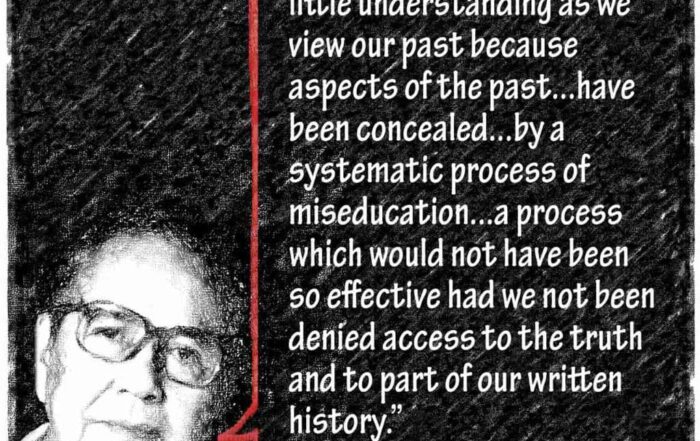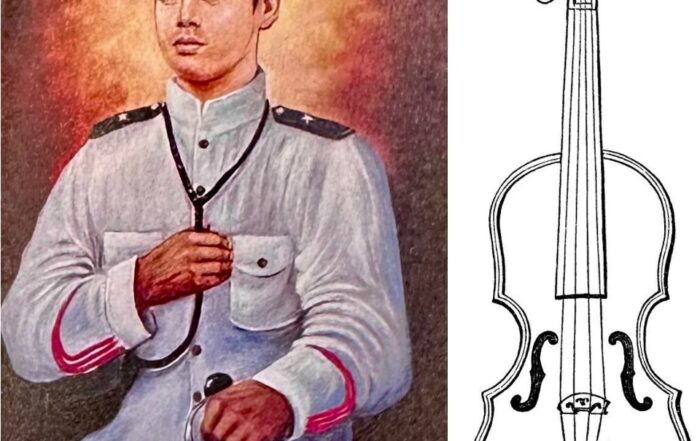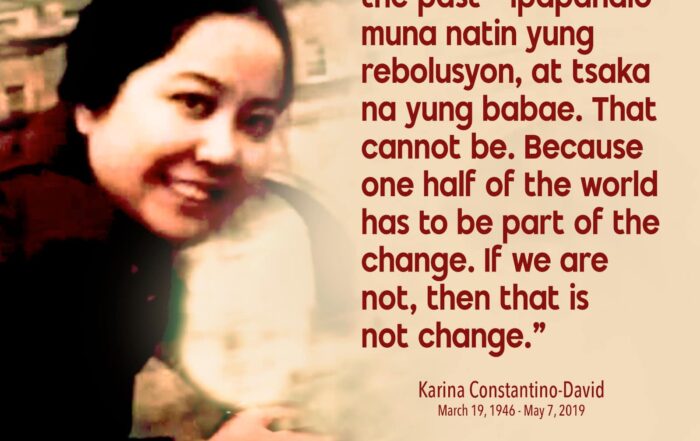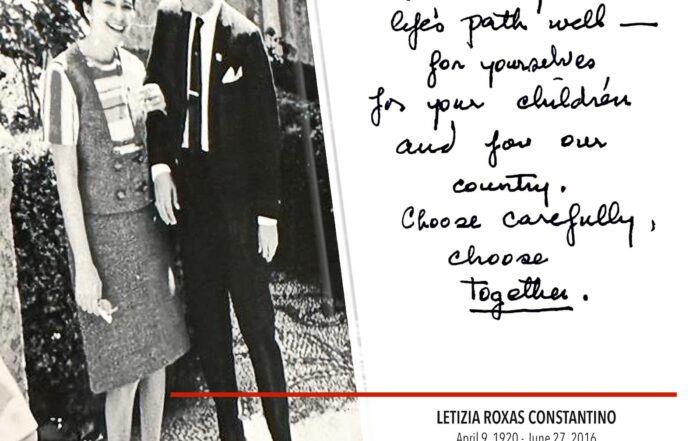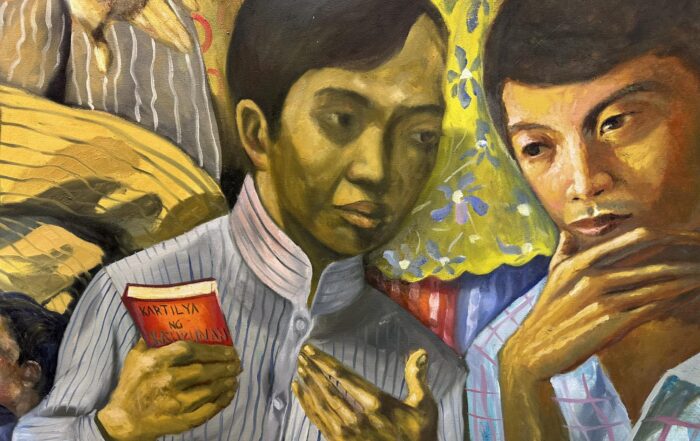Bapor! Paris!
Strands of Philippine history and climate change are more tangled than you think. Many Filipinos still use the word “bapor”[READ]
Renato and Letizia Roxas-Constantino 50th wedding anniversary
Love for country and people, and for one another: Letizia Roxas Constantino wrote her husband, Renato, a letter on 21[READ]
A NATIONAL TREASURE: LEONARD L. CO (1953-2010) By Perry S. Ong and Nina Ingle
Leonard L. Co, unparalleled plant scholar and a scientist for the people, died last November 15, 2010 in Leyte[READ]
We Can Choose Honor
A sense of honor is one of the simplest lessons our nation's mightiest heroes can impart. But it's a teaching[READ]
As Renato Constantino and Letizia Roxas Constantino often counseled, everyone will benefit from a deeper and more dynamic understanding of[READ]
Lean Alejandro
September 19 marks the 38th anniversary of the murder of Lean Alejandro, the young activist who helped bring down[READ]
Renato Constantino
The historian Renato Constantino passed away 26 years ago on 15 September, the very birthday of his son, RC,[READ]
Apolinario Mabini
Timely words to weigh from the great Apolinario Mabini as our people help one another face flooded days of adversity.[READ]
Gloria Capitan
Murdered on this day, 1 July 2016, Gloria Capitan, true #ClimateHero and first recorded extra-judicial killing under the Duterte[READ]
Letizia’s very much around
It’s been nine years since Letizia Roxas Constantino passed away on 27 June 2016. But the memory of her[READ]
Julio Nakpil
Ang giliw ni Giliw We remember today Julio Nakpil, born on 22 May 1897. He was a composer and, as[READ]
Remedios “Kumander Liwayway” Gomez-Paraiso
We remember today the 11th death anniversary of one of our country’s finest, Remedios Gomez-Paraiso, #HUKBALAHAP, Kumander Liwayway (July 12,[READ]
Karina Constantino David
Nina to friends and family, and to her parents Renato and Letizia who together established the Constantino Foundation, Karina Constantino-David passed away[READ]
RC Constantino
In remembrance of nationalist, activist, much loved husband, father, and friend, RC Constantino, who passed away a year ago on[READ]
Karina David
Today, March 19, would have been the 79th birthday of feminist, composer, and former head of the country's Civil Service[READ]
Renato Constantino
#RenatoConstantino wrote this in 1968. Is it still relevant? Today, March 10, is his 106th birth anniversary. #aPastRevisited #RememberBetter
Henry Cabot Lodge
A reminder on this day, 4 February, the 126th anniversary of the Filipino-American War, a badly taught chapter, if it[READ]
Pedro Abad Santos
"The workers must rely on nobody but themselves!" said Pedro Abad Santos, born 31 January 1876 in San Fernando, Pampanga.[READ]
Andres Bonifacio
Words to ponder from Andres Bonifacio, Supremo and the country's first president, born 30 November 1863. #aPastRevisited
Love Revisited
On this day in 1943, Renato and Letizia became one. Today, we celebrate the love that paved the way for[READ]
RC Constantino
Renato Constantino, Jr., activist, warrior, and friend known to many as RC, was born 15 September 1944. His love of[READ]
Pasts Revisited
True nationalism, as espoused by Renato Constantino who passed away 25 years ago on this day, 15 September 1999. The[READ]
Renato Constantino
Today we mark Renato Constantino’s 20th death anniversary with what he wrote in 1971. His words still ring true today.[READ]
Isabelo “Kapitan Bikong” del Rosario
Isabelo "Kapitan Bikong" del Rosario was born 8 July 1878, and hanged in 1901 for resisting U.S. forces whose intent[READ]
Karina Constantino-David
Karina Constantino-David passed away on 7 May 2019. She is missed so much. We keep her memory alive by fighting[READ]
Letizia Roxas Constantino
We commemorate the 104th birth anniversary of one our founders, Letizia Roxas Constantino, with a lovely reminder written in her[READ]
Gregoria “Oriang” de Jesus
Never forget our ancestors. Gregoria “Oriang” de Jesus. Bayani. May 9, 1875 - March 15 1943. Painting by Johnny Guarin.[READ]
Emilio Jacinto
The young revolutionary Emilio Jacinto was born on this day 148 years ago. His words, his life still intensely relevant[READ]

